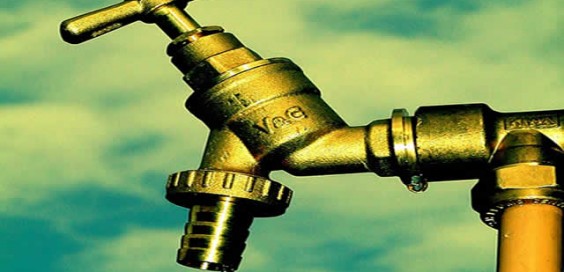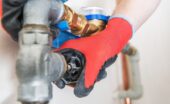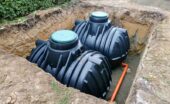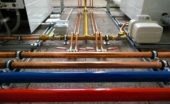The Homeowner’s Guide to Drain and Plumbing Maintenance
Written by SayBuild Administration // December 2, 2015 // Plumbing // Comments Off on The Homeowner’s Guide to Drain and Plumbing Maintenance

A big change to household plumbing occurred when manufacturers switched from rubber washers to cartridges on most faucets. This delayed, but did not eliminate, maintenance on most kitchen and bathroom faucets. Outdoor spigots, clothes washer valves and main water line valves are often the exception with still having rubber washers. Faucets that use cartridges last longer, but the cartridges eventually need replaced. Though indoor plumbing has come a long way since its early days, it still requires regular maintenance to keep things flowing smoothly.
Toilet Maintenance
Toilets keep on doing their thankless job day in and day out with homeowners rarely considering they actually do need regular maintenance. The valve that keeps the water in the tank is a simple rubber flap. In fact, it is called a flapper valve. Over time, they lose their flexibility and begin to let water leak from the tank into the bowl. Rarely do they show signs of physical deterioration. Fill valves will eventually fail as well. Hard water may contribute to early failure. Sometimes, the toilet mounting bolts on the floor will become loose. Also, the rubber gasket and bolts that seal the tank to the bowl will eventually fail.
Faucet and Valve Maintenance
Laundry tubs, clothes washer standpipes, main water line valves, shut off valves at toilets and sinks, and outdoor spigots usually have rubber washers that need replaced every few years. Often, very small leaks at valve stems cause corrosion that makes valves too difficult to operate. Cleaning and lubricants often fix the problem, but a badly corroded valve needs replaced. Standard sink faucets that take cartridges eventually need the cartridges replaced. Washer often begin to fail slowly, and cartridges may fail instantly.
Hose Style Fill Lines
A main source of water damage is a burst clothes washer hose. A simple inspection by a homeowner often reveals bulges and corrosion at the ends of the hoses. All hoses that look like plain rubber style types should immediately be replaced with ones that have an outer metal mesh shield. A burst clothes washer hose can leak hundreds of gallons of water, causing major damage that is likely not covered by a standard homeowner’s insurance policy. Sinks and toilets often have older hose style fill lines that should be replaced with ones that have the metal covering over the interior hose material.
Drain Maintenance
A slow drain at a sink is annoying. A slow drain at a shower lets drain water gather at one’s feet. A slow main sewer line can cause backing of sewer water into basements through floor drains or first floor tubs and showers. At the first sign of a slow drain, homeowners should determine if it is isolated to the sink, tub or shower or if it is a problem with the main sewer line. Many sink clogs can be cleared with the standard store bought drain cleaners that are a mix of sodium hydroxide and sodium hypochlorite. However, even the strongest drain cleaners have no effect on main sewer line clogs. Clogged or slow main sewer lines usually need a professional power snake run through them at a cleanout tap to clear them. Professional plumbing services such as Knights Plumbing & Drain have the training and tools to clear partial and full sewer line clogs.
Homeowners should always keep an eye out for any signs of leaks, drips or slow drains. Also, the odor of sewer gas in a basement should never occur. Any signs of corrosion on metal pipes, valves or fill lines is a sign of a leak. The tiniest of leaks can get bigger or they can lead to continued corrosion that weakens valves and pipes to the point of failure. The biggest part of home drain and plumbing maintenance is a visual inspection followed by prompt action to rectify any issues.








 If you want to contribute tutorials, news or other money-related stuff:
If you want to contribute tutorials, news or other money-related stuff:  Share our home building library with your facebook friends:
Share our home building library with your facebook friends:  Do you have any ideas or suggestions you would like to make?
Do you have any ideas or suggestions you would like to make?  If you like what we do, please subscribe to our
If you like what we do, please subscribe to our  All content Copyright © 2012 SayBuild. Part of nBuy Home Management Network.
All content Copyright © 2012 SayBuild. Part of nBuy Home Management Network.